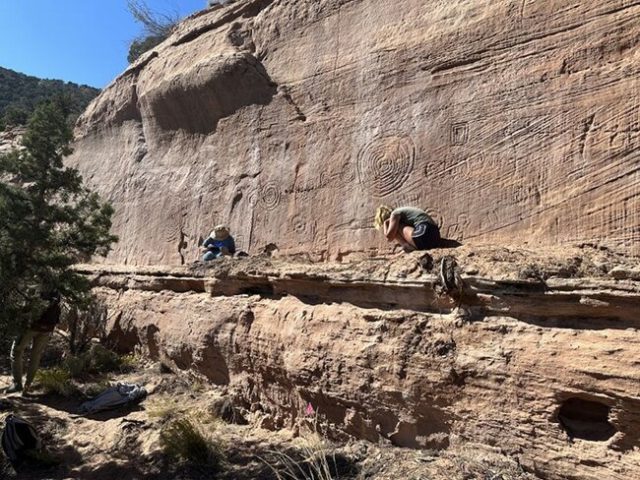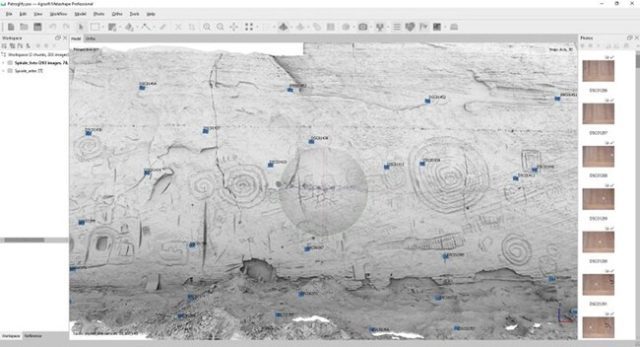
Archaeologists working in the canyons along the Colorado-Utah border have uncovered what is believed to be a previously unknown spiral calendar carved and used by the Ancestral Pueblo people. Led by Polish archaeologist Radosław Palonka of Jagiellonian University, the team made the discovery near Castle Rock Pueblo in the Mesa Verde region. The Ancestral Pueblo people inhabited the village in the 13th century and were known for their cliff dwellings, circular kivas, and cliff drawings. The newly discovered petroglyphs, including spiral carvings up to one meter in diameter, were found about 800 meters above the cliff settlements, suggesting the creators may have used them for astronomical observations and to determine the dates of special days in the calendar, such as solstices and equinoxes.

The researchers were initially surprised by the specific drawings they found, indicating that their previous understanding of the area was incomplete. The petroglyphs cover a vast area of over 4 kilometers around the large plateau. The spiral carvings, resembling the famous Mayan calendars, date back to the 12th or 13th century. The team postulated that the Ancestral Pueblo people used these petroglyphs for astronomical observations, providing insights into the complexity of their religious practices. The discovery challenges previous estimates about the number of inhabitants in the region during the 13th century and highlights the need to reassess the understanding of the Ancestral Pueblo people’s cultural and religious activities in the area. Today, the descendants of the Ancestral Pueblo, including the Hopi Tribe and modern Pueblo tribes, continue to inhabit the region despite the challenges posed by disease and violence over the centuries.















